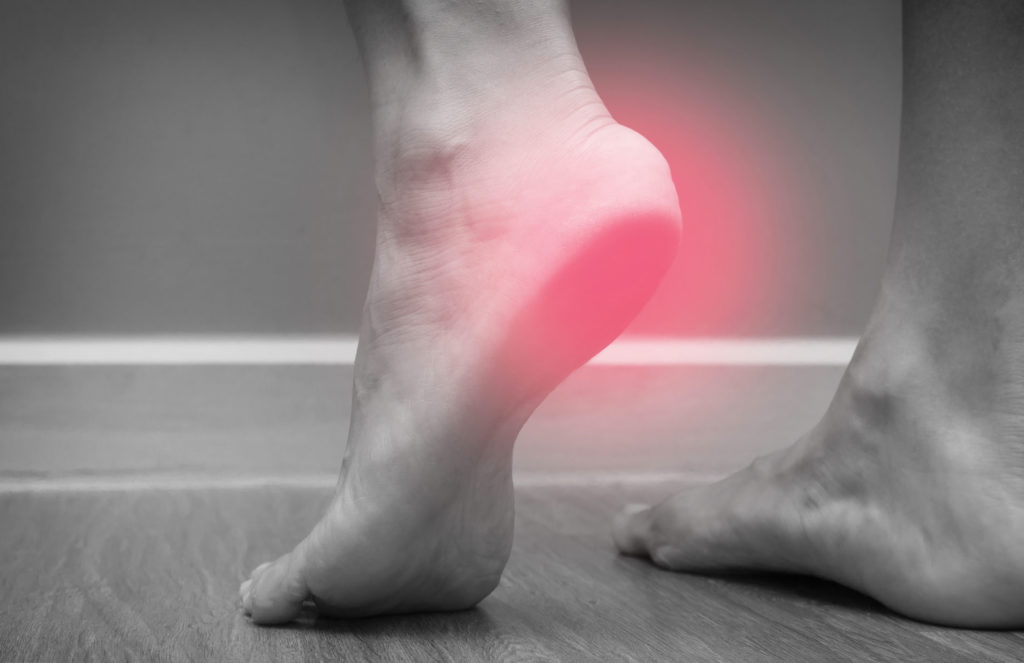
Less than two weeks ago ESPN commentators were speculating that a bad case of plantar fasciitis could spell the end of Denver Broncos quarterback Peyton Manning, but his brother Eli Manning, who suffered the same injury while playing for the New York Giants back in 2009 says there is hope with ultrasound therapy. So what is plantar fasciitis and how could this treatment get Peyton back on the field?
First, let’s look at the injury: Plantar fasciitis is one of the most common causes of foot and heel pain. The plantar fascia is a ligament or flat band of tissue connecting the toes to the heel bone. Irritation occurs when the ligament is strained, and becomes weak and swollen, often making it painful and difficult to walk, and limiting the enjoyment of everyday activity.
Described as an “overuse injury” by the American Orthopaedic Foot and Ankle Society, plantar fasciitis commonly afflicts the middle aged, although it is also commonly found younger in avid runners, athletes, soldiers and the obese. Additional risk factors include flat feet, high arches, wearing shoes that do not fit properly; and walking, standing, or running for long periods of time, especially on concrete or other hard surfaces.
Historically, plantar fasciitis was thought to be an inflammatory disease, and under these pretenses, standard courses of treatment included the use of nonsteroidal anti-inflammatory drugs (NSAIDs), corticosteroid injections, ice, and other pain medications. These courses of treatment only yielded temporary results.
Within the last 12 years, doctors and medical scientists have determined that plantar fasciitis is actually the result of micro abrasions or tears that have broken down the plantar fascia over time, sometimes resulting in calcium deposits and disorganized collagen fibers.
Here’s how it works: Using the ultrasound as a guide, an interventional radiologist inserts a hollowed needle tip into the damaged tissue, then applies a combination of high frequency and low amplitude sound that breaks up the problem tissue, enabling it to be extracted from the foot. Average treatment time is one and a half minutes, and no sedation is necessary.
Unlike conventional therapies like corticosteroid injection, NSAID use, and custom orthotics, ultrasound therapy offers measurable long term results. According to a 2013 study, 90% of patients who received ultrasound treatment reported less pain within two weeks, with results lasting more than six months.
For more information on plantar fasciitis and how one of our interventional radiologists can assist you, call 1-855-201-1519.
